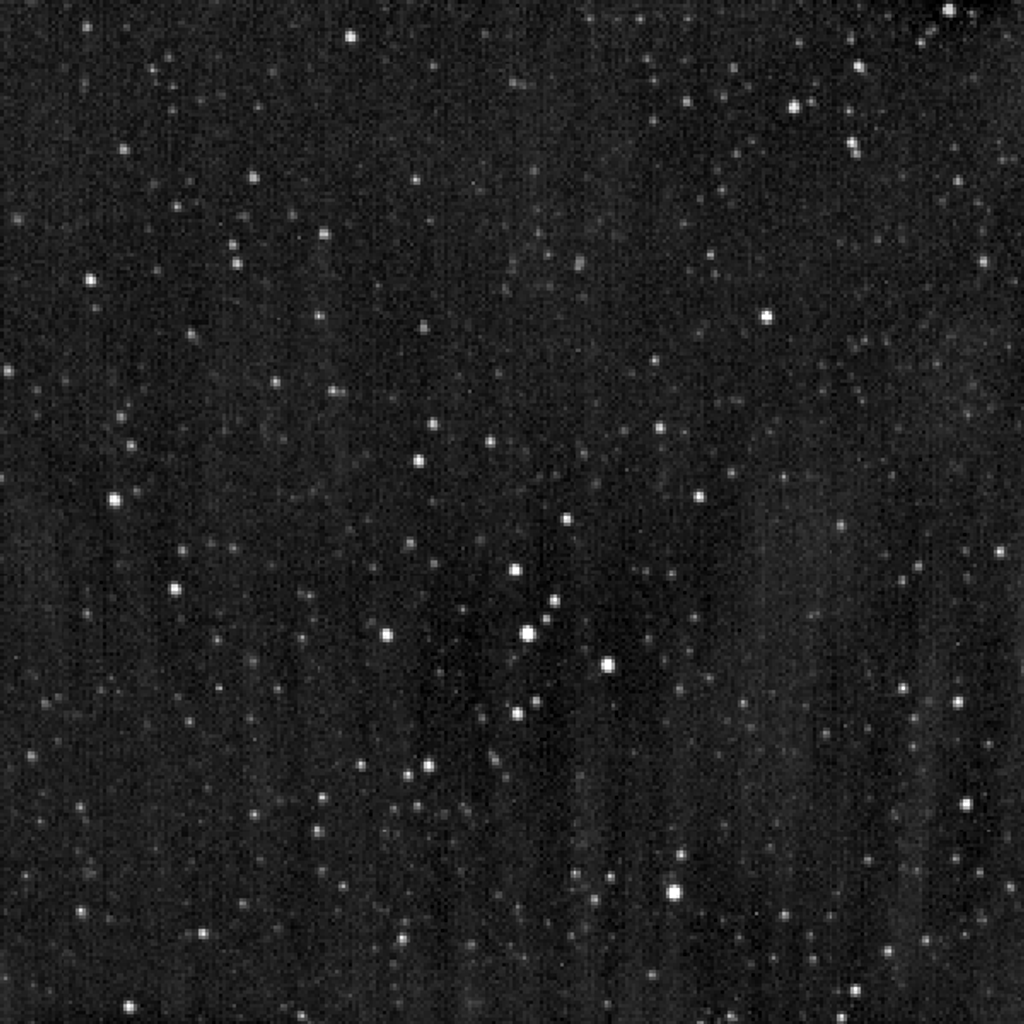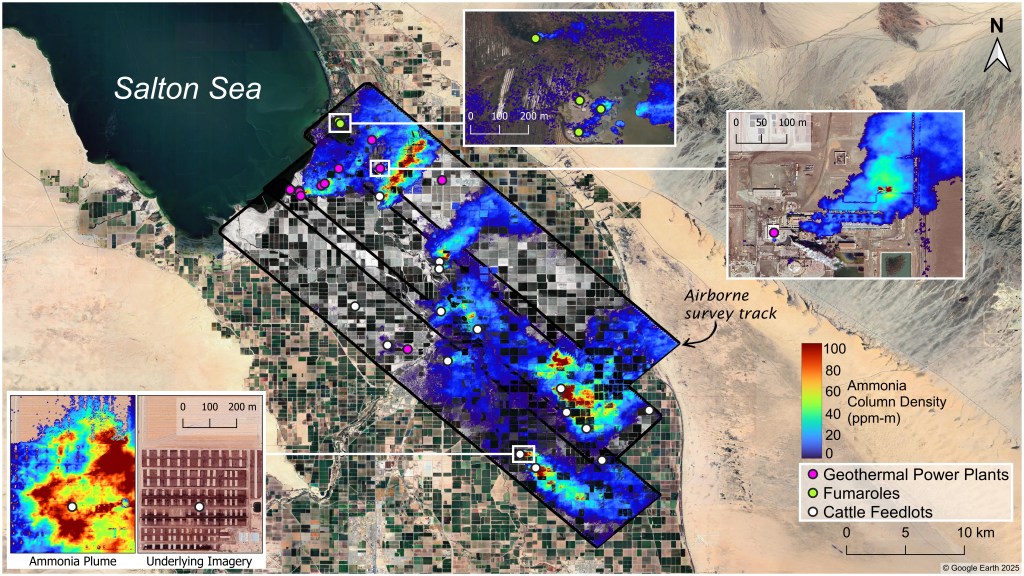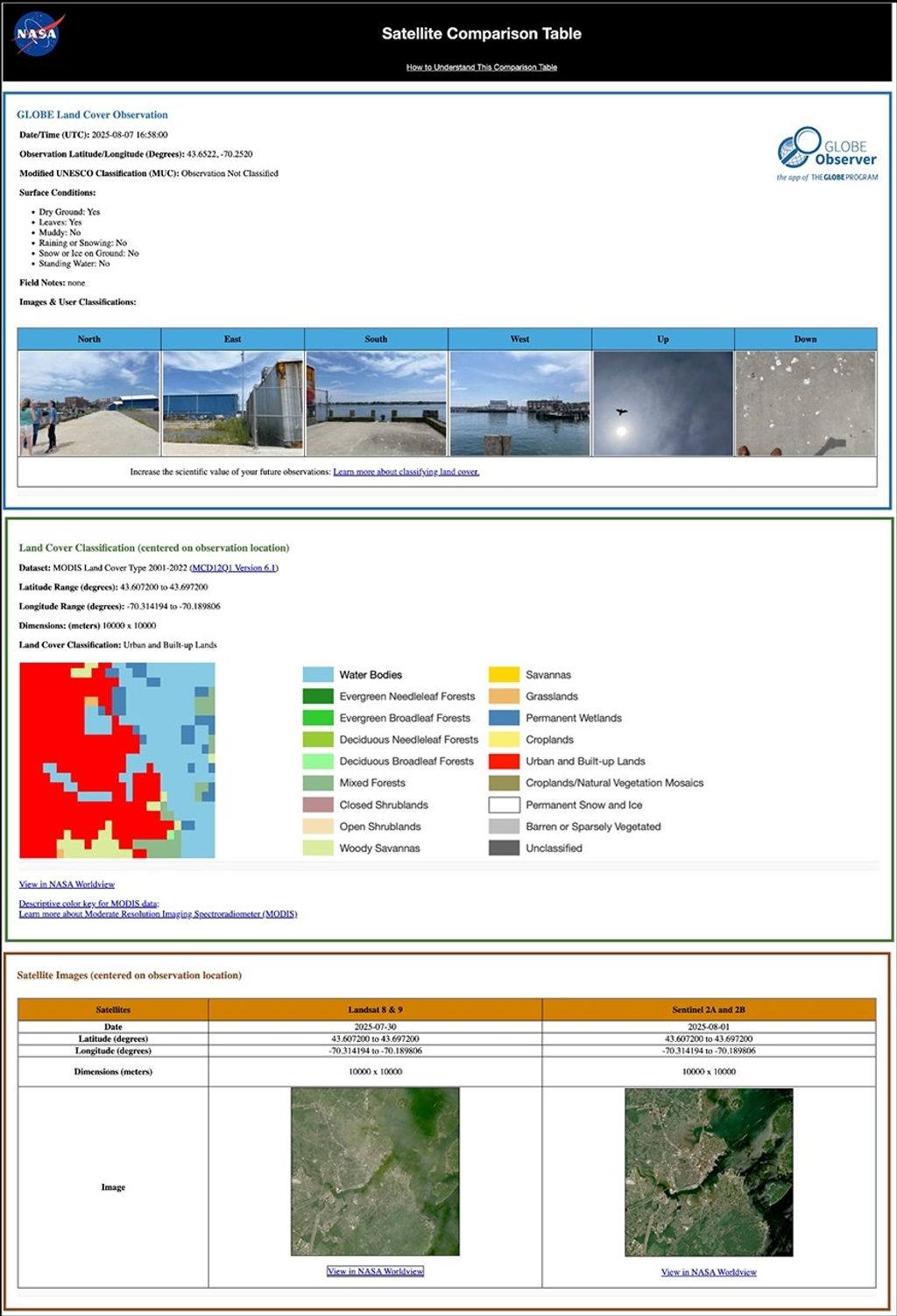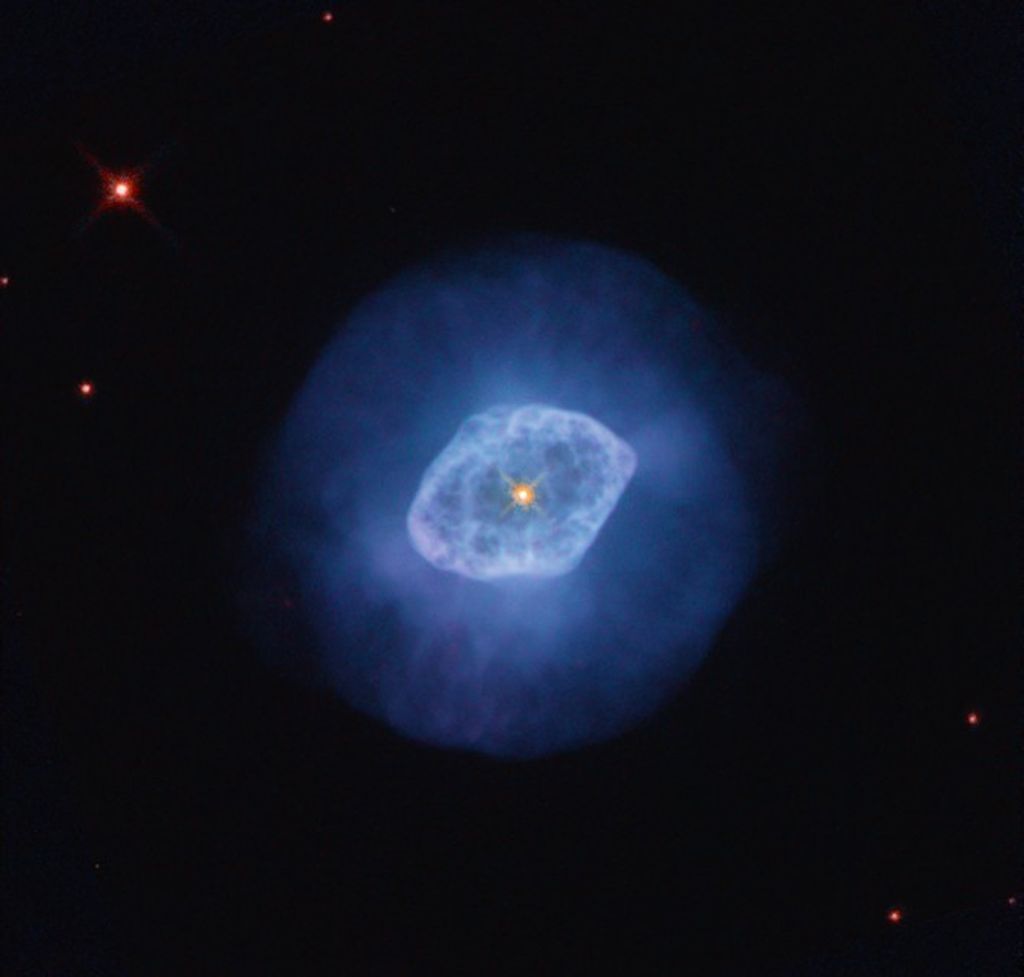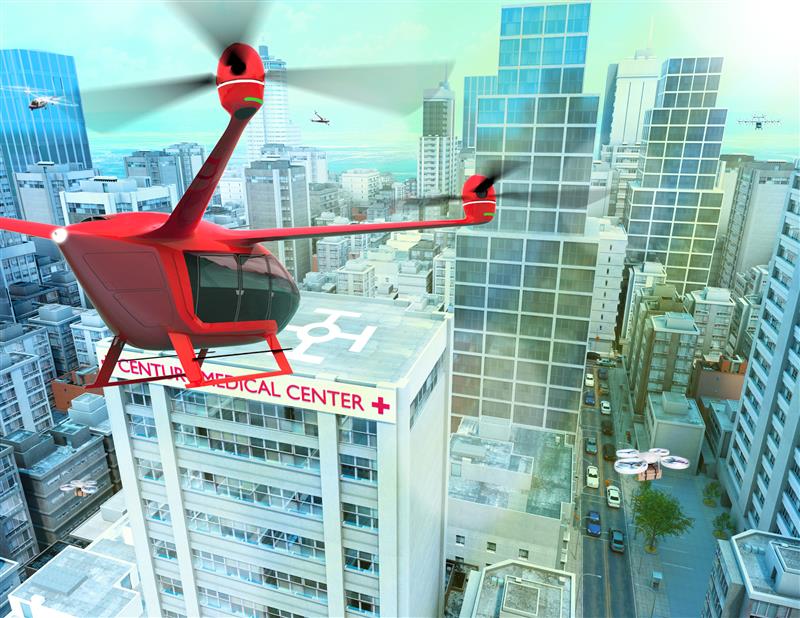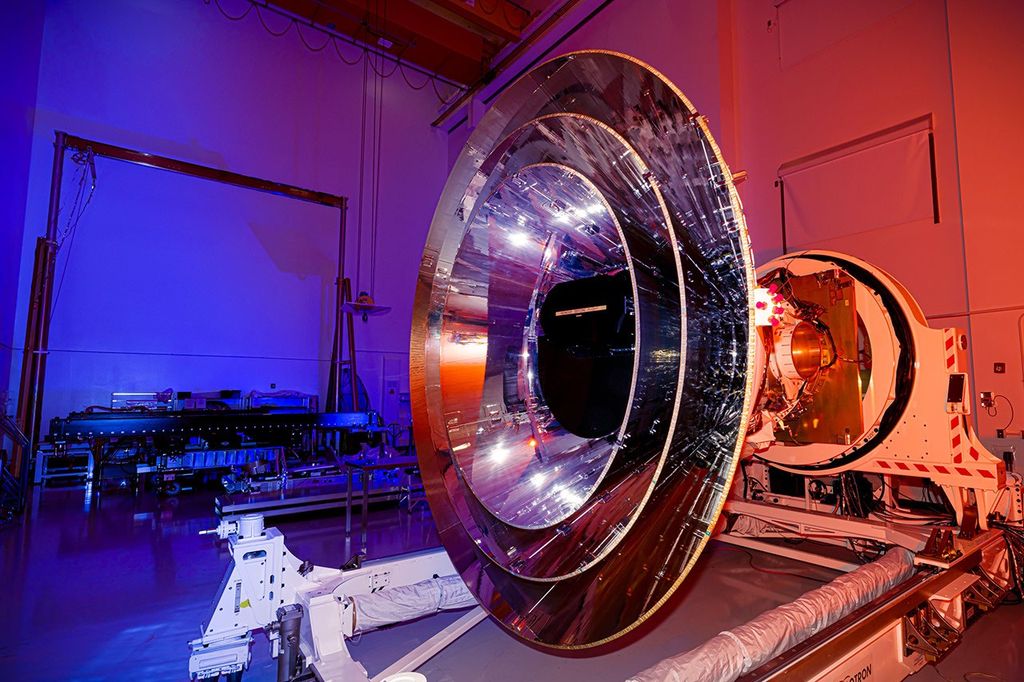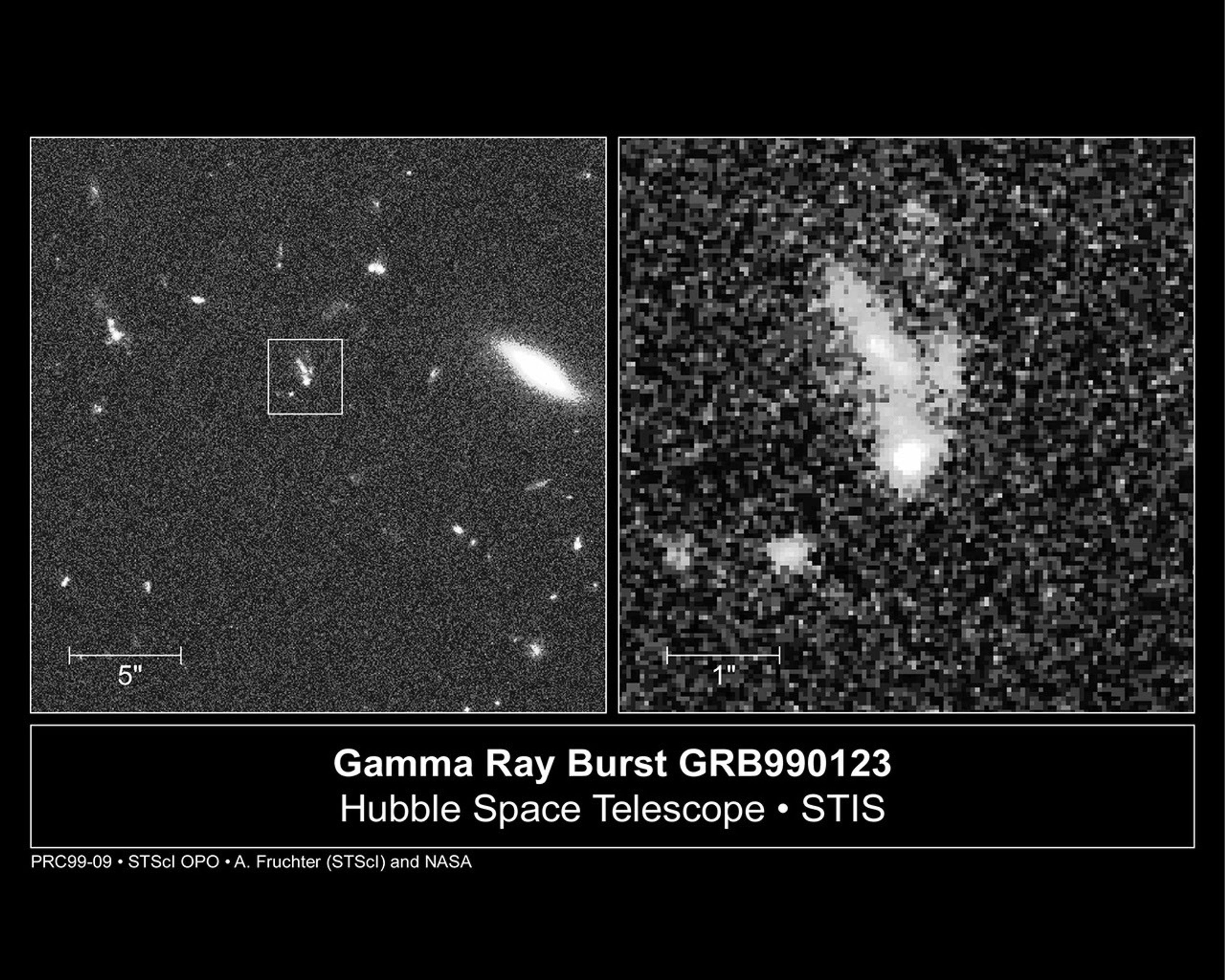BACKGROUND INFORMATION: FOLLOWING THE TRAIL OF A GAMMA-RAY BURST
Chasing down a gamma-ray burst hasn't been easy. Though astronomers have known about these powerful cosmic explosions for more than 20 years they've always been elusive because they happen with no warning, typically last for a few seconds, and can come from any region of the sky. Within only the past couple years astronomers have found that gamma-ray bursts are extremely far away, and so are caused by tremendous explosions. Astronomers do not fully understand the underlying mechanism behind the explosion.
Astronomers, however, finally got their big break on Jan. 23, 1999. Using orbiting observatories and ground-based telescopes, astronomers from all over the world tracked the visible glow of a gamma-ray burst while it was still emitting high-energy radiation. They discovered that this burst was the most energetic eruption ever recorded, equal to the radiance of one million galaxies. Here's how astronomers made their catch:
During the early morning of Jan. 23, the gamma-ray-burst detectors of the Burst and Transient Source Experiment (BATSE) onboard NASA's orbiting Compton Gamma Ray Observatory detect the beginning of a bright gamma-ray burst.
BATSE's computers determine a rough location and radio the position to the Gamma Ray Burst Coordinates Network (GCN), based at NASA's Goddard Space Flight Center in Greenbelt, MD. The GCN immediately forwards the position to astronomers at ground-based observatories throughout the world.
Just 22 seconds later the Robotic Optical Transient Search Experiment (ROTSE) in Los Alamos, NM, operated by a team led by Dr. Carl Akerlof of the University of Michigan, takes pictures of the patch of sky where the burst was detected. The picture sequence reveals a brightening new star within the region where the explosion was reported.
Five seconds later the burst achieves peak brightness, reaching 9th magnitude, about 16 times fainter than the human eye can see, but easily visible in an amateur telescope.
Instruments aboard the Italian-Dutch BeppoSAX satellite also swing into action, obtaining a much more accurate position for the burst within a few hours of its onset. The ROTSE team uses this more precise location information to pinpoint the burst in their images.
Within three hours of the gamma-ray burst, a team of astronomers led by Dr. Stephan Odewahn and Professors Shri Kulkarni and George Djorgovski of the California Institute of Technology use the 60-inch Mt. Palomar telescope to find a fading visible counterpart to this burst.
On Jan. 24, a joint team led by Dr. D. Kelson of the Carnegie Institution of Washington, use the Keck II 10-meter telescope located at Mauna Kea, HI, to measure the distance to the burst's host galaxy, about nine billion light-years away.
On Feb. 8 and 9, astronomers put the NASA Hubble Space Telescope on the trail of the burst. The Hubble telescope captures the fading fireball embedded in a galaxy, even though the burst has dimmed to more than one four-millionth of its original brightness.






